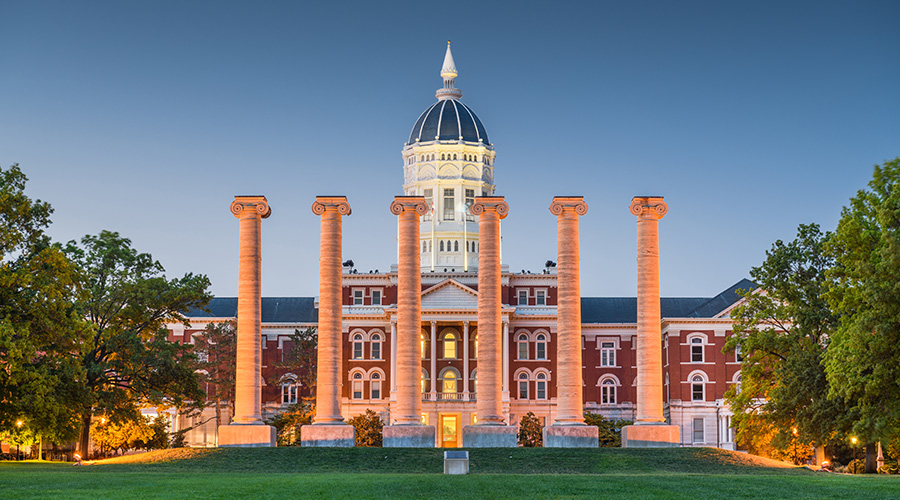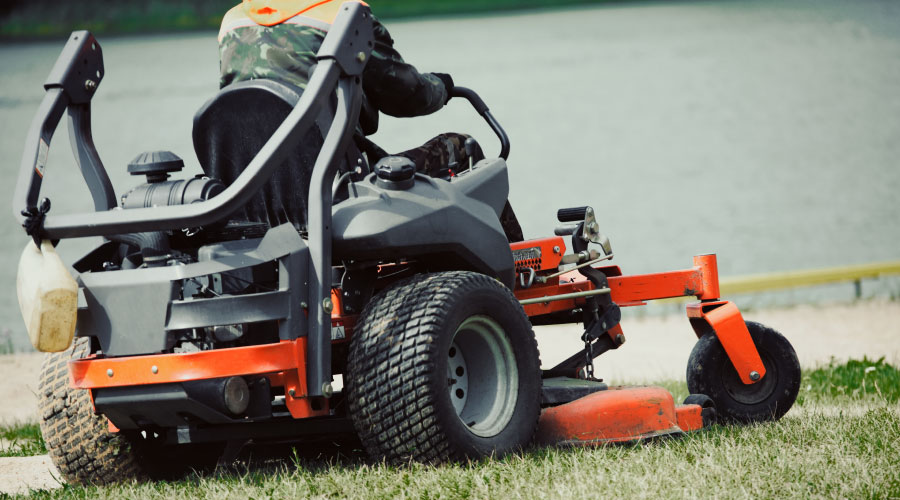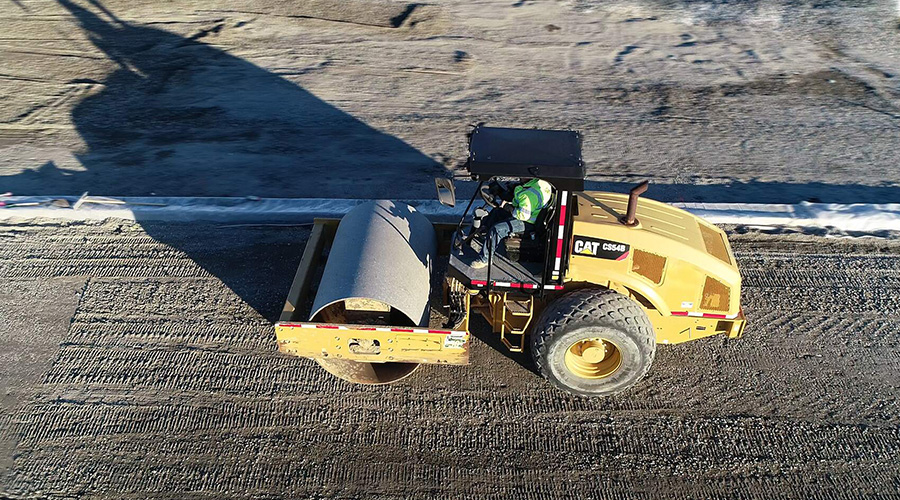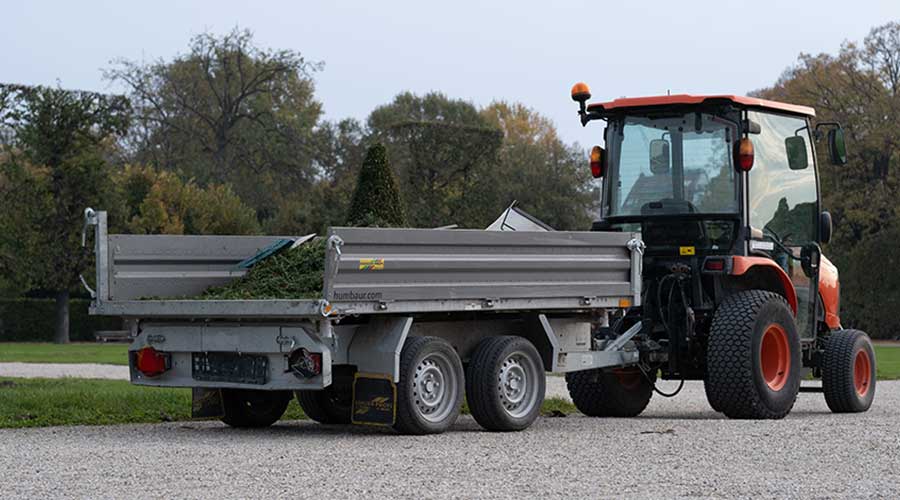Utility Vehicles Meet Needs of Georgetown Campus
James Connor has a major challenge on his hands. As fleet manager in the facilities management department with Georgetown University, Connor is responsible for ensuring smooth, safe and reliable transportation on the 110-acre campus nestled in heart of Washington, D.C. With about 7,500 students, 1,200 faculty members, and thousands of support staff moving among the campus's 54 buildings, this is no small feat.
To achieve his goals, Connor oversees a fleet of 230-plus tagged vehicles, including ambulances, police cars, backhoes, skid loaders, and snow-removal equipment. Increasingly, however, the department and campus are turning to utility vehicles in their efforts to move people around the campus more effectively.
The campus uses about 120 utility vehicles, but that was not always the case.
"Ten years ago, we had 15 of these vehicles," Connor says.
Georgetown's growing reliance on utility vehicles demonstrates the equipment's evolution in recent years beyond the traditional role in grounds care. Many grounds departments in institutional and commercial organizations continue to rely on the flexibility of utility vehicles for moving tools, equipment and materials and, with the use of attachments, performing mowing and plowing duties.
Increasingly, though, many facilities departments looking for smaller, more reliable vehicles for moving people around campus settings and among numerous facilities are taking a closer look at utility vehicles.
"The primary use of these vehicles is people movers, getting teams or workers to the job site safely and efficiently," Connor says. "We also use them for all grounds maintenance, public safety, athletic events and personnel carriers."
A Changing Campus
Georgetown's growing reliance on utility vehicles has been driven in part by physical changes to its campus.
"Recent years have demanded a change in how we move about the campus safely and cost-effectively," Connor says. "The biggest change is the lack of roads. The campus has been divided, and during the construction processes, roads have closed. So we have no clear roadway to go from one end of campus to the other in a vehicle that's tagged, like a bus or a truck or something. So in order to get across campus without breaking the law by driving on the streets, we need vehicles that travel on sidewalks." That's where utility vehicles have filled the void.
Related Topics:














